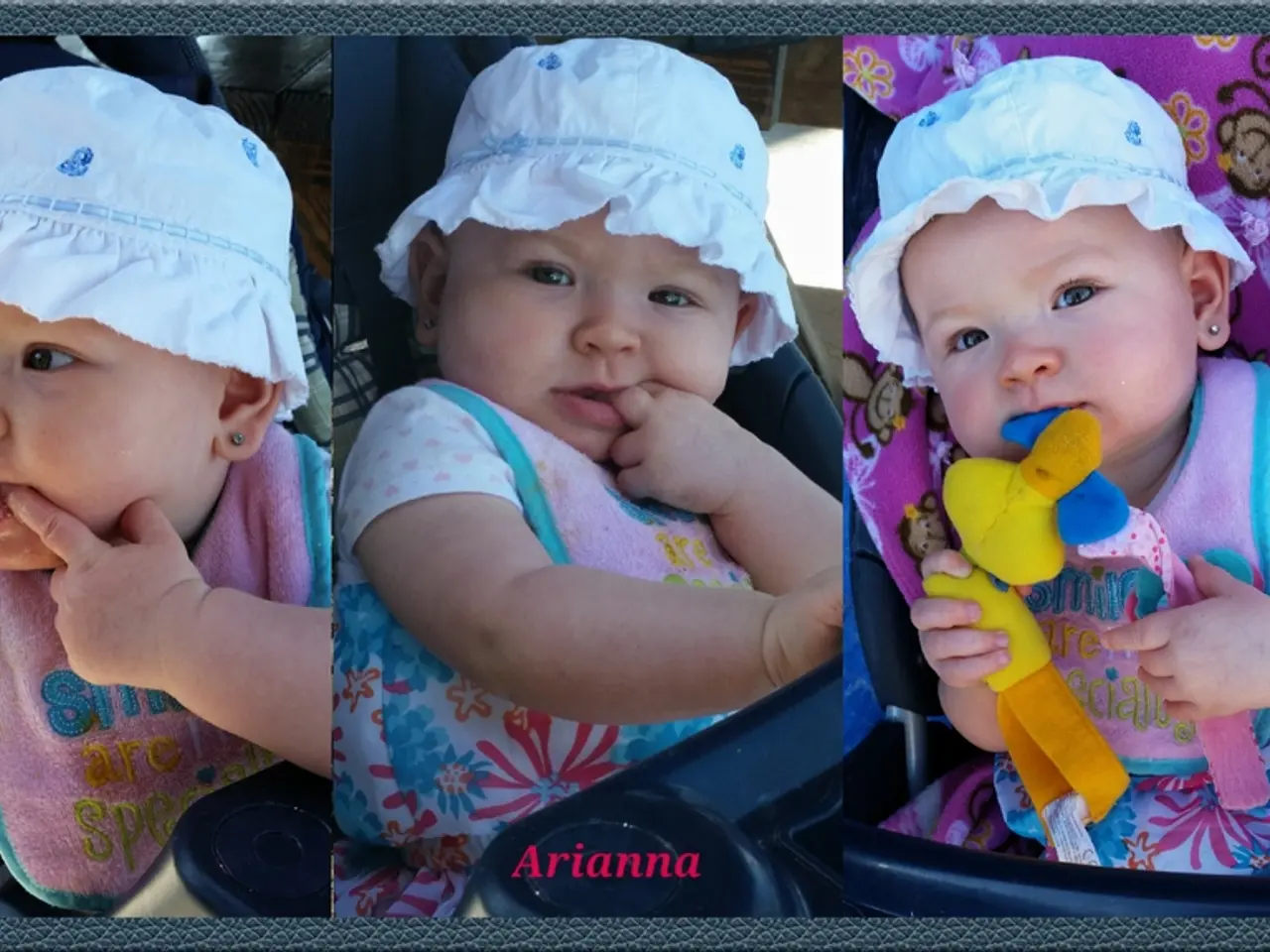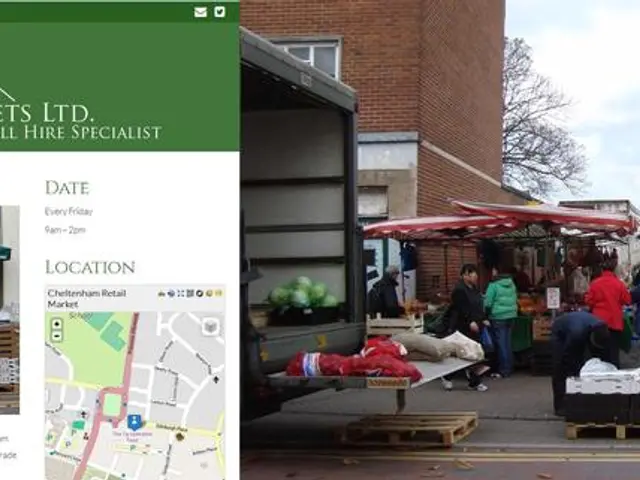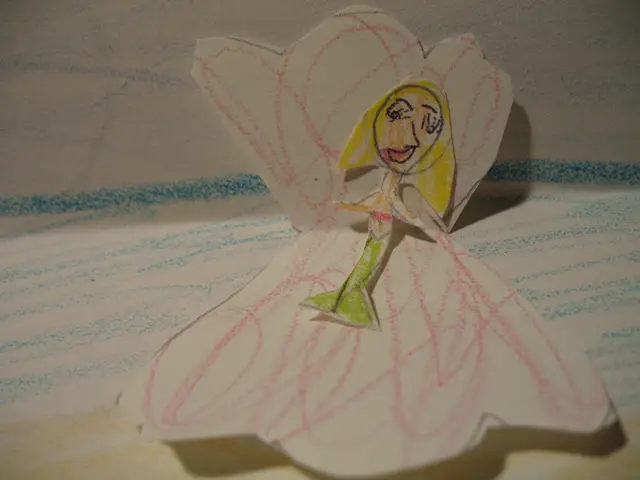Ten Effective Methods to Foster Appreciation in Your Children
In today's fast-paced world, instilling the value of gratitude in children from a young age can have profound and lasting benefits. Research shows that gratitude not only improves our health and happiness but also sets the foundation for a successful and fulfilling life.
There are numerous books and resources available to help parents and educators teach gratitude to kids. For the younger ones, age-appropriate stories like "Bear Says Thanks" by Karma Wilson, "Andy and the Lion" by James Daugherty, and "The Thankful Book" by Todd Parr, are ideal for children as young as 2 years old. As they grow older, books such as "Malala: My Story of Standing Up for Girls' Rights" by Malala Yousafzai and Sarah J. Robbins, "Malala's Magic Pencil" by Malala Yousafzai, and "Where the Mountain Meets the Moon" by Grace Lin, cater to kids between the ages of 4 and 11.
One effective method for teaching gratitude is through gratitude journaling. This practice, tailored to a child's developmental stage, has been shown to improve academic engagement and social relationships in as little as eight weeks. For preschoolers, sensory-based journaling might involve drawing pictures or pressing leaves, while older children can write down specific things they are grateful for each day. Involving the family in these journaling sessions can make gratitude a shared practice, enhancing emotional intelligence and resilience.
Stories and songs about gratitude can also nurture appreciation and positive emotional expression, reinforcing social-emotional learning (SEL) skills like self-management and empathy. Examples include "The Quiltmaker's Gift" by Jeff Brumbeau and "Thank You, Mr. Falker" by Patricia Polacco.
Interactive and creative exercises, such as gratitude trees, help children visually and actively express thankfulness, supporting emotional wellbeing and strengthening family bonds. These activities can be simple and fun, like "Pick Sticks," "This Just In!," "Gratitude Pictionary," "The Gratitude Tree," "Gratitude Guess Who," and "Gratitude Gab."
Incorporating gratitude within broader social-emotional learning (SEL) frameworks helps children develop a grateful mindset, which is linked to integrity, emotional balance, mental wellness, and better self-concept. Gratitude also supports emotional regulation, allowing children to manage frustration and conflicts more constructively.
Classroom practices that foster a positive, optimistic learning environment can also improve students’ social interactions and academic motivation. By implementing gratitude-focused activities or culture, teachers can create a nurturing environment that encourages emotional growth and academic success.
It's essential to remember that children begin to understand gratitude around age 4 and grasp its full meaning by 6 or 7 years. Activities should match their cognitive and emotional levels—sensory and simple recognition for younger kids, progressing to acknowledging more abstract forms of gratitude for middle schoolers.
By combining practical, developmentally appropriate activities with family and school engagement, gratitude teaching supports children’s social skills, emotional resilience, and academic success comprehensively. Studies show that gratitude boosts optimism and well-being, strengthens the brain, and fosters kindness and respect in relationships.
For further exploration, consider academic studies in journals like the Journal of School Psychology on gratitude’s effects, or professional educational resources offering structured gratitude curricula integrated with social-emotional learning. By equipping our children with this valuable gift, we are not only making our families stronger and happier but also setting them on a path towards a successful and fulfilling life.
[1] Emmons, R. A., & McCullough, M. E. (2003). Counting blessings versus burdens: Experimental studies of gratitude and subjective well-being in daily life. Journal of Personality and Social Psychology, 84(2), 377-389.
[2] Fredrickson, B. L. (2013). Positivity: Groundbreaking Research Reveals How to Embrace the Hidden Strength of Positive Emotions, Overcome Negativity, and Thrive. Three Rivers Press.
[3] Watkins, P. C., & Mahoney, J. C. (2011). The science of gratitude: An introduction. Clinical Psychology Review, 31(6), 1068-1074.
[4] Wood, A. M., Froh, J. J., & Geraghty, A. W. (2010). Gratitude and well-being. In R. A. Emmons & M. E. McCullough (Eds.), The psychology of gratitude (pp. 288-300). Oxford University Press.
[5] Fredrickson, B. L. (2009). A functional understanding of positive emotions. American Psychologist, 64(1), 105-121.
- Establishing boundaries for friendships in a child's development can ensure a respectful and equal environment, promoting the essential SEL skills of empathy and self-management.
- Prioritizing gratitude, education, and self-development in one's lifestyle not only fosters a grateful mindset but also lays the foundation for personal and social success.
- As children grow older, their understanding of gratitude expands, enabling them to appreciate the importance of equal opportunities and fairness in education and beyond, thereby setting the stage for a future where everyone contributes to the greater good.








